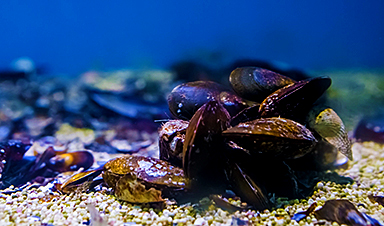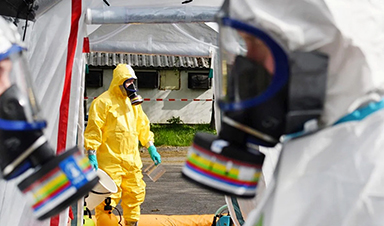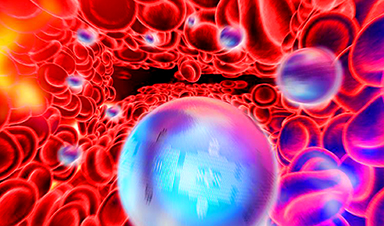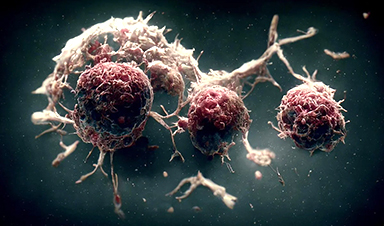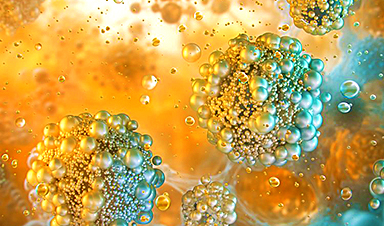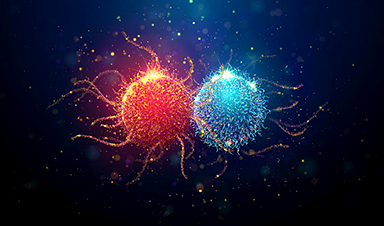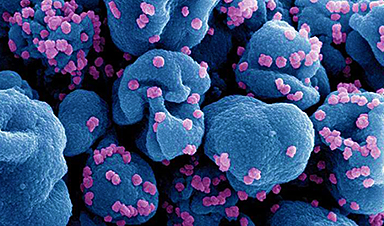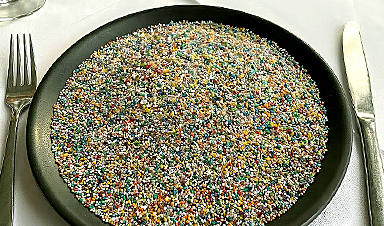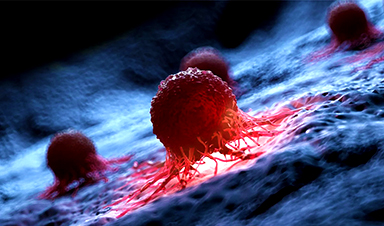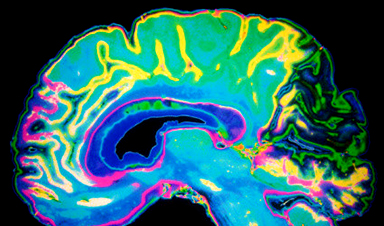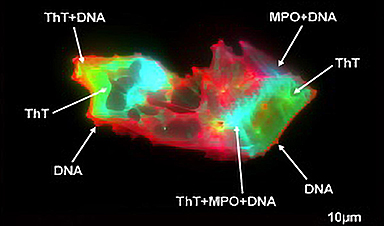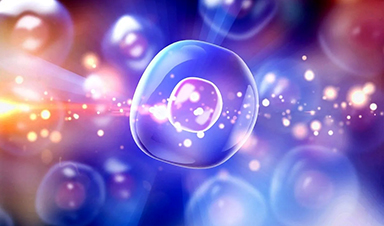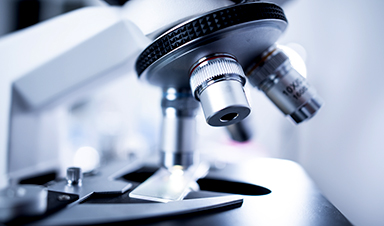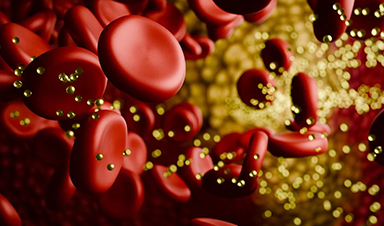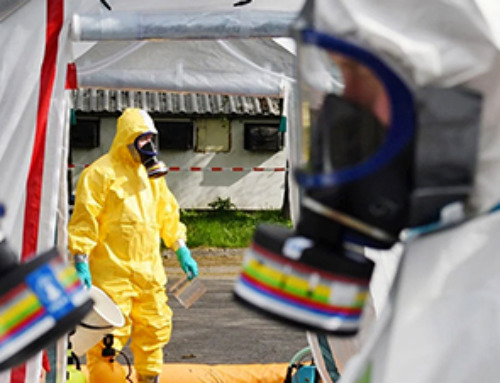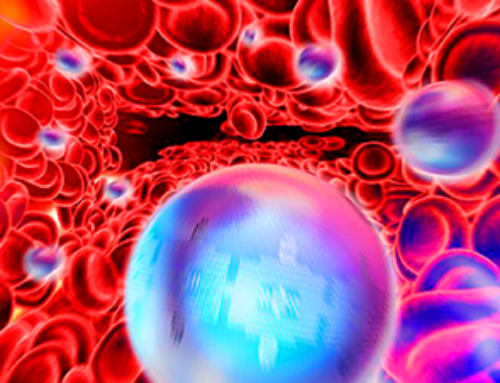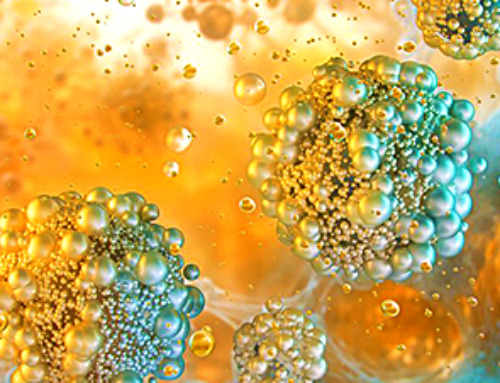Nanoscale materials offer remarkable chemical and physical properties that transform theoretical applications, like single-molecule sensing and minimally invasive photothermal therapy, into practical realities.
The unparalleled features of nanoparticles make them promising for various research and industrial uses. However, effectively using these materials is challenging due to the absence of a rapid and consistent method to transfer a uniform monolayer of nanoparticles, a crucial step in device manufacturing.
One potential solution to this challenge lies in electrostatic assembly processes, where oppositely charged nanoparticles adhere to a surface, forming a monolayer that repels other similarly charged particles from attaching further. While effective, this process is often slow. Nature provides an innovative model to address this limitation through underwater adhesion strategies, which have evolved to circumvent similar problems.
Inspired by these natural processes, a research team at the Gwangju Institute of Science and Technology, led by PhD student Doeun Kim and Assistant Professor Hyeon-Ho Jeong, developed a “mussel-inspired” nanoparticle assembly technique. This method enables rapid transfer of materials from water to 2-inch wafers in just 10 seconds, creating 2D monolayers with about 40% surface coverage. Their work, highlighted in the journal Advanced Materials, represents a breakthrough in nanoparticle assembly.
Ms Kim explained the inspiration behind the novel technique, noting how mussels approach surfaces in water. “We saw that mussels simultaneously radiate amino acids to dissociate water molecules on the surface, enabling swift attachment of the chemical adhesive on the target surface,” she said. The team realised that a similar approach could be taken with nanoparticles by introducing excess protons to remove hydroxyl groups from the surface, increasing the electrostatic attraction between the nanoparticles and the target. This insight significantly sped up the assembly process.
The researchers manipulated the electrostatic surface potential of both the nanoparticles and the target surface by using proton dynamics, ensuring the particles uniformly adhered in seconds. They then tested this technique’s efficiency by comparing it with traditional assembly methods. The results demonstrated that this approach was 100 to 1,000 times faster than existing methods. The accelerated assembly was attributed to the protons’ ability to remove unwanted hydroxyl groups, enhancing the diffusion and adhesion of the nanoparticles.
Moreover, the charge-sensitive nature of this process facilitated precise “healing” of monolayer films and enabled “pick-and-place” nanopatterning at the wafer scale. This technique also allows the production of wafer-level, full-color reflective metasurfaces through plasmonic architecture, unlocking new possibilities in creating colorful artworks and optical encryption devices.
This nature-inspired proof of concept marks a significant advance toward the broader use of monolayer nanomaterial coatings. Professor Jeong envisioned the potential impact of this research: “We envision that this research will accelerate the impact of functional nanomaterials on our lives and advance the mass production of mono-layered films, thus facilitating a wide range of applications, ranging from photonic and electronic devices to novel functional materials for energy and environmental applications.”
This innovative technique could play a pivotal role in future nanotechnology applications, offering a method that is not only rapid and efficient but also precise and adaptable.
Author:
Arnold Kristoff
News
Fever-Proof Bird Flu Variant Could Fuel the Next Pandemic
Bird flu viruses present a significant risk to humans because they can continue replicating at temperatures higher than a typical fever. Fever is one of the body’s main tools for slowing or stopping viral [...]
What could the future of nanoscience look like?
Society has a lot to thank for nanoscience. From improved health monitoring to reducing the size of electronics, scientists’ ability to delve deeper and better understand chemistry at the nanoscale has opened up numerous [...]
Scientists Melt Cancer’s Hidden “Power Hubs” and Stop Tumor Growth
Researchers discovered that in a rare kidney cancer, RNA builds droplet-like hubs that act as growth control centers inside tumor cells. By engineering a molecular switch to dissolve these hubs, they were able to halt cancer [...]
Platelet-inspired nanoparticles could improve treatment of inflammatory diseases
Scientists have developed platelet-inspired nanoparticles that deliver anti-inflammatory drugs directly to brain-computer interface implants, doubling their effectiveness. Scientists have found a way to improve the performance of brain-computer interface (BCI) electrodes by delivering anti-inflammatory drugs directly [...]
After 150 years, a new chapter in cancer therapy is finally beginning
For decades, researchers have been looking for ways to destroy cancer cells in a targeted manner without further weakening the body. But for many patients whose immune system is severely impaired by chemotherapy or radiation, [...]
Older chemical libraries show promise for fighting resistant strains of COVID-19 virus
SARS‑CoV‑2, the virus that causes COVID-19, continues to mutate, with some newer strains becoming less responsive to current antiviral treatments like Paxlovid. Now, University of California San Diego scientists and an international team of [...]
Lower doses of immunotherapy for skin cancer give better results, study suggests
According to a new study, lower doses of approved immunotherapy for malignant melanoma can give better results against tumors, while reducing side effects. This is reported by researchers at Karolinska Institutet in the Journal of the National [...]
Researchers highlight five pathways through which microplastics can harm the brain
Microplastics could be fueling neurodegenerative diseases like Alzheimer's and Parkinson's, with a new study highlighting five ways microplastics can trigger inflammation and damage in the brain. More than 57 million people live with dementia, [...]
Tiny Metal Nanodots Obliterate Cancer Cells While Largely Sparing Healthy Tissue
Scientists have developed tiny metal-oxide particles that push cancer cells past their stress limits while sparing healthy tissue. An international team led by RMIT University has developed tiny particles called nanodots, crafted from a metallic compound, [...]
Gold Nanoclusters Could Supercharge Quantum Computers
Researchers found that gold “super atoms” can behave like the atoms in top-tier quantum systems—only far easier to scale. These tiny clusters can be customized at the molecular level, offering a powerful, tunable foundation [...]
A single shot of HPV vaccine may be enough to fight cervical cancer, study finds
WASHINGTON -- A single HPV vaccination appears just as effective as two doses at preventing the viral infection that causes cervical cancer, researchers reported Wednesday. HPV, or human papillomavirus, is very common and spread [...]
New technique overcomes technological barrier in 3D brain imaging
Scientists at the Swiss Light Source SLS have succeeded in mapping a piece of brain tissue in 3D at unprecedented resolution using X-rays, non-destructively. The breakthrough overcomes a long-standing technological barrier that had limited [...]
Scientists Uncover Hidden Blood Pattern in Long COVID
Researchers found persistent microclot and NET structures in Long COVID blood that may explain long-lasting symptoms. Researchers examining Long COVID have identified a structural connection between circulating microclots and neutrophil extracellular traps (NETs). The [...]
This Cellular Trick Helps Cancer Spread, but Could Also Stop It
Groups of normal cbiells can sense far into their surroundings, helping explain cancer cell migration. Understanding this ability could lead to new ways to limit tumor spread. The tale of the princess and the [...]
New mRNA therapy targets drug-resistant pneumonia
Bacteria that multiply on surfaces are a major headache in health care when they gain a foothold on, for example, implants or in catheters. Researchers at Chalmers University of Technology in Sweden have found [...]
Current Heart Health Guidelines Are Failing To Catch a Deadly Genetic Killer
New research reveals that standard screening misses most people with a common inherited cholesterol disorder. A Mayo Clinic study reports that current genetic screening guidelines overlook most people who have familial hypercholesterolemia, an inherited disorder that [...]
